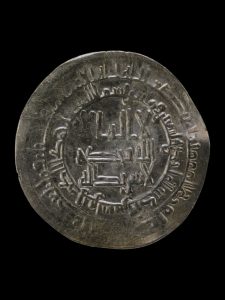In the first quarter of the 16th century, a revolution in social media was taking place. Martin Luther and other agents of Church reform leveraged the power that the printed word, easily digestible by the populous in pamphlet sized doses written in the vernacular, could have on galvanizing support for their cause. Though the story is slightly more complex than that, the fact remains that the technological revolution of the printing press had a significant impact in bringing about the Protestant Reformation. And, as the Renaissance and Reformation gave way to the Enlightenment, the printing press played an increasingly important role in the exchange of ideas ranging from physics to politics, ideas which gave way to the beginning of what we now call the Modern World. Mixed in with the ideas of Newton and Locke, other theories that we might call daft today certainly circulated in the mix.
The similarities between this earlier age and the Information Age in which we currently find ourselves are clear. The differences are defined by the pace and scale and pervasiveness of the information and myriad outlets for it in today’s media driven world. But, one key difference is the way in which the problem Wineberg identifies may also contain the seed of its own solution.
In the earlier age, it would be very difficult to fully vet a popular source. Information ran easily along trade networks, but wide ranging individual mobility was far more difficult and time-consuming. In today’s digital age, information often runs along algorithmic networks and daft theories abound, but our ability to step outside those networks and to vet daft theories has probably never been greater. The key difference is that in order to do so, consumers of information, students and adults alike, must be aware of the tools they are using and how to place themselves in control of the tool instead of letting the tool control them.
I applaud Wineberg’s two-handed approach to vetting information through whois.net and website.com. Understanding how to easily learn who owns the website is probably a much easier “verification” for my students than going through my “long” list of five CRAAP Test questions. I am still a bit unsure about how Wineberg used the website.com site to discover the “digital pack” that links to the website he was trying to vet. But, I understand his point that sticking to one or two disciplinary habits may be more effective than teaching a more complex set of tools that nobody remembers.
The key here is to have the conversation – with students and with adults (myself included) who have already come of age without the benefit of the exchanges that are beginning to happen around this topic within the educational world. Perhaps in addition to ongoing dialogues in education, outlets of public history might create some PSAs to promote awareness of historical thinking skills as they relate to vetting digital sources. As Wineberg makes abundantly clear, our democracy hangs in the balance.
